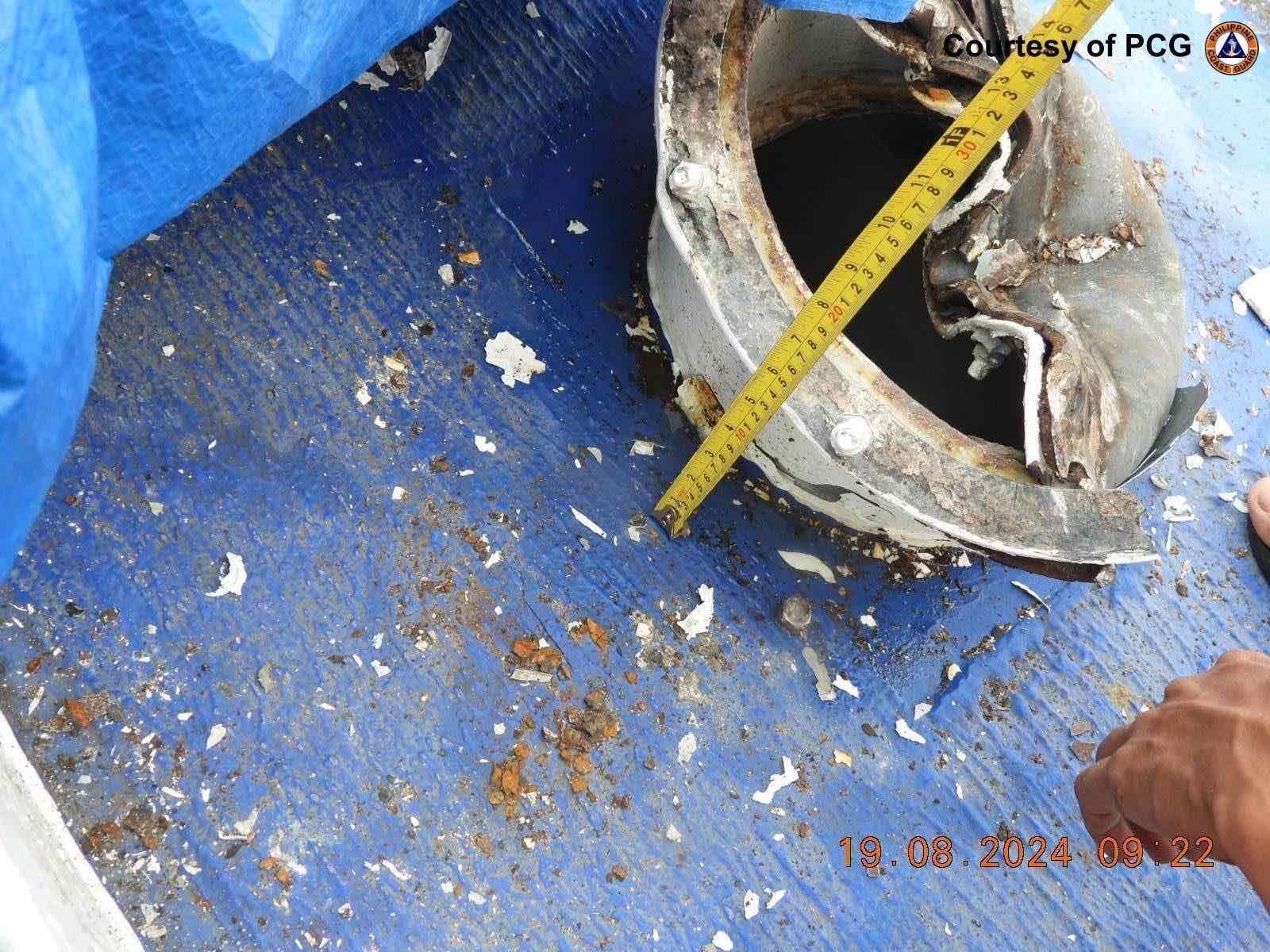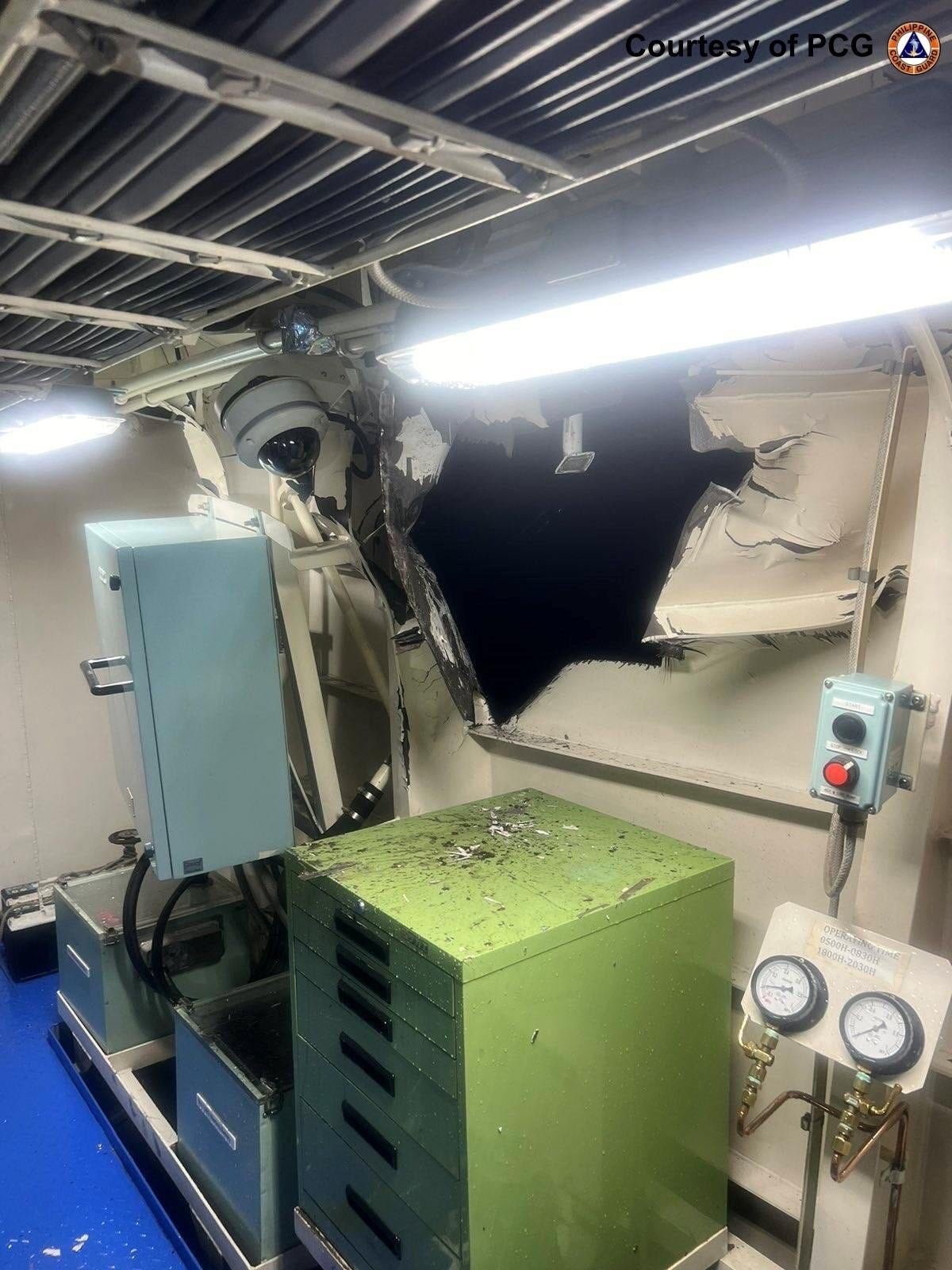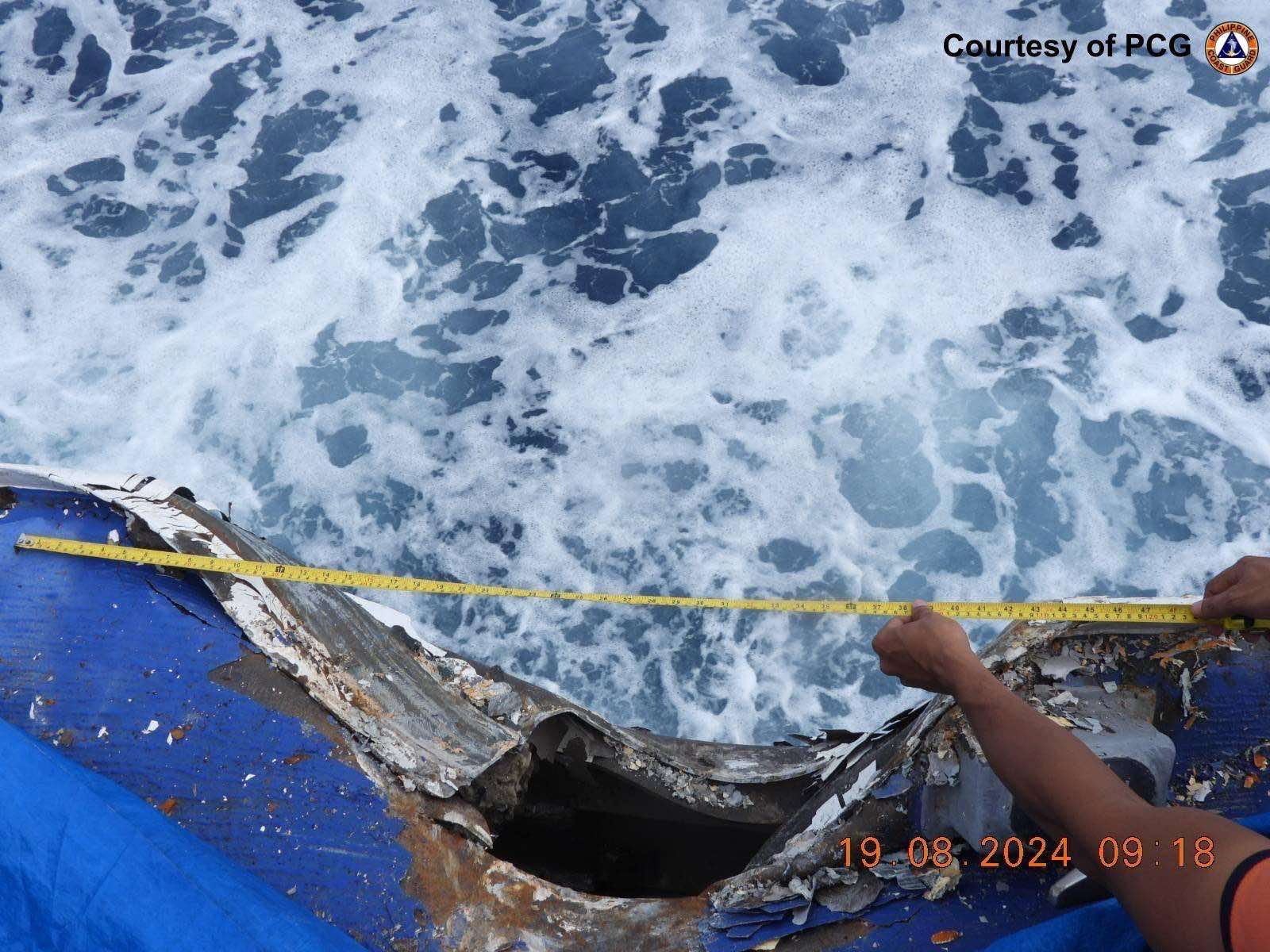China and Philippines trade blame after vessels collide in South China Sea
Latest flare-up in contested waters leaves two boats damaged
Your support helps us to tell the story
From reproductive rights to climate change to Big Tech, The Independent is on the ground when the story is developing. Whether it's investigating the financials of Elon Musk's pro-Trump PAC or producing our latest documentary, 'The A Word', which shines a light on the American women fighting for reproductive rights, we know how important it is to parse out the facts from the messaging.
At such a critical moment in US history, we need reporters on the ground. Your donation allows us to keep sending journalists to speak to both sides of the story.
The Independent is trusted by Americans across the entire political spectrum. And unlike many other quality news outlets, we choose not to lock Americans out of our reporting and analysis with paywalls. We believe quality journalism should be available to everyone, paid for by those who can afford it.
Your support makes all the difference.China and the Philippines traded blame after their vessels collided during a confrontation near a disputed shoal in the South China Sea on Monday.
Two boats were left damaged near the Sabina Shoal in the Spratly Islands in the latest flare-up of tensions after the two countries had agreed to try to ease tensions and manage disagreements at sea.
China's coast guard accused the Philippines of deliberately crashing one of its ships into a Chinese vessel. "The Philippine side is entirely responsible for the collision," spokesperson Gan Yu said.
Beijing said two Philippine ships entered the waters near the Sabina shoal despite the Chinese coast guard's warning and intentionally collided with one of China's boats at 3.24am local time.
“We warn the Philippine side to immediately stop its infringement and provocation,” otherwise it will bear all the consequences arising from that," the spokesperson added.

The Philippines disputed the Chinese account of the confrontation. Manila said two of its ships – BRP Bagacay and BRP Cape Engano – "encountered unlawful and aggressive manoeuvres" from Chinese coast guard vessels while en route to Patag and Lawak islands to resupply personnel stationed in the area.
“These dangerous manoeuvres resulted in collisions, causing structural damage to both Philippine coast guard vessels," said Jonathan Malaya, a spokesperson for the country’s South China Sea task force.
The BRP Cape Engano was left with a 5-inch hole on the deck while the second ship suffered minor structural damage, the task force said.

The Philippine coast guard, it added, “stands firm in its responsibility to ensure the safety and security of our maritime domain while addressing any threats to our national interests”.
The Chinese coast guard posted a video of what it described as a Philippine ship colliding with one of its vessels.
The same Philippine vessel, having been prevented from entering Sabina Shoal’s waters, sailed into the Second Thomas Shoal waters, it added.
China claims "indisputable sovereignty" over the Spratly Islands, known in Chinese as Nansha Islands, including the Sabina Shoal and its adjacent waters. The Chinese name for Sabina Shoal is Xianbin Reef.

Sabina Shoal, which lies about 140km west of the Philippine island province of Palawan, has become a flashpoint in the territorial dispute between China and the Philippines.
It is close to the Second Thomas Shoal, occupied by the Philippines, which has witnessed many confrontations between the coast guards of the two countries in recent years.
The Philippine coast guard deployed one of its main patrol ships, the BRP Teresa Magbanua, to Sabina in April after Filipino scientists found submerged piles of crushed corals in its shallows that sparked suspicion that China could be bracing to build a structure on the atoll. The Chinese coast guard responded by deploying a vessel of its own to Sabina.
Additional reporting by agencies.

Join our commenting forum
Join thought-provoking conversations, follow other Independent readers and see their replies
Comments